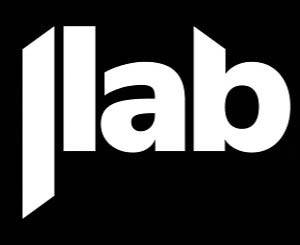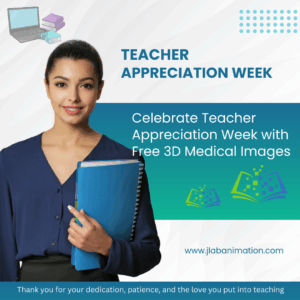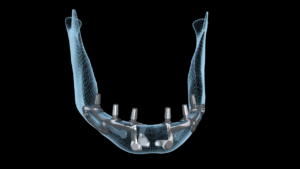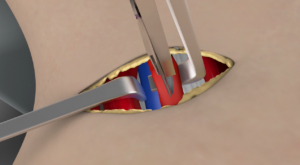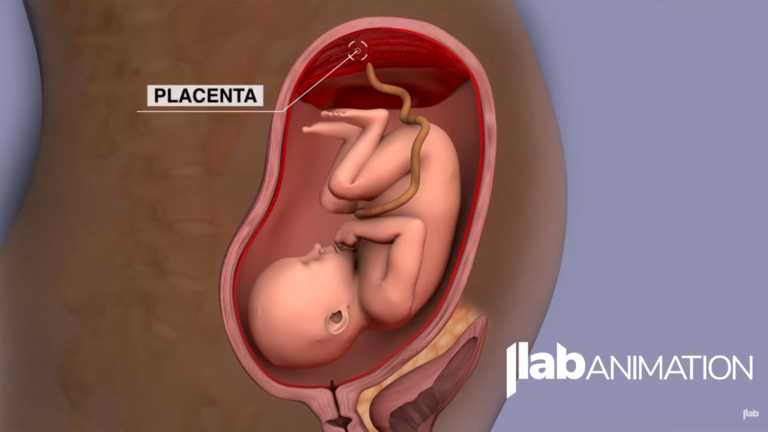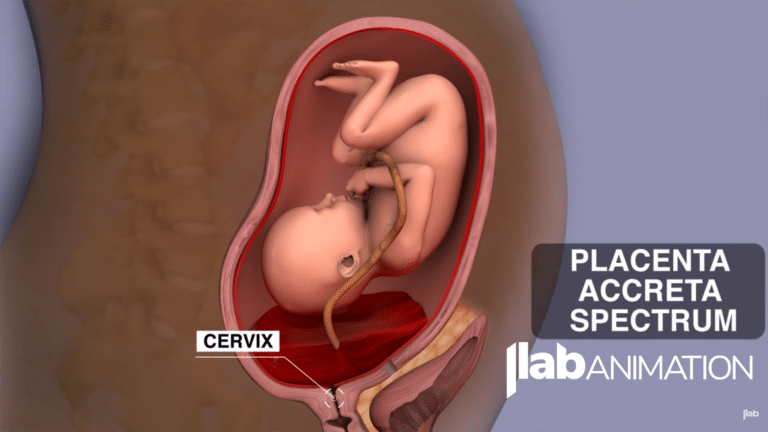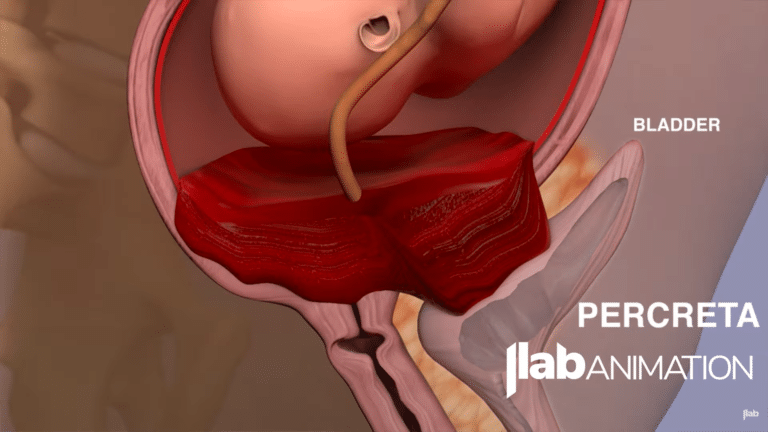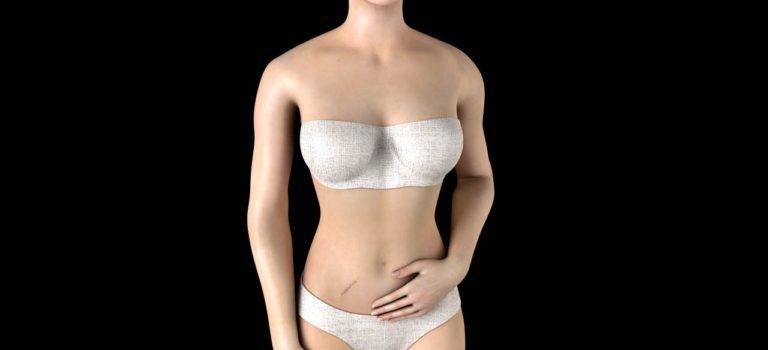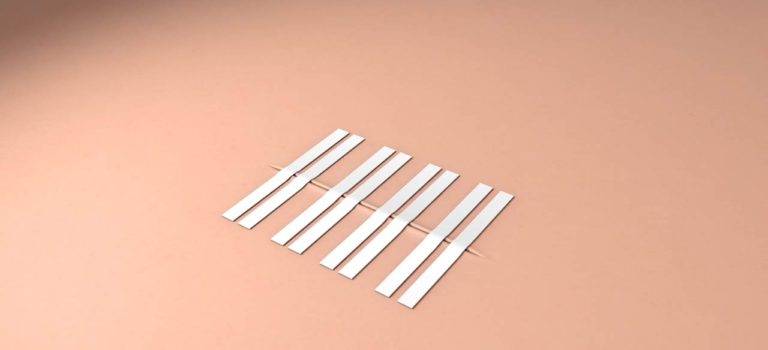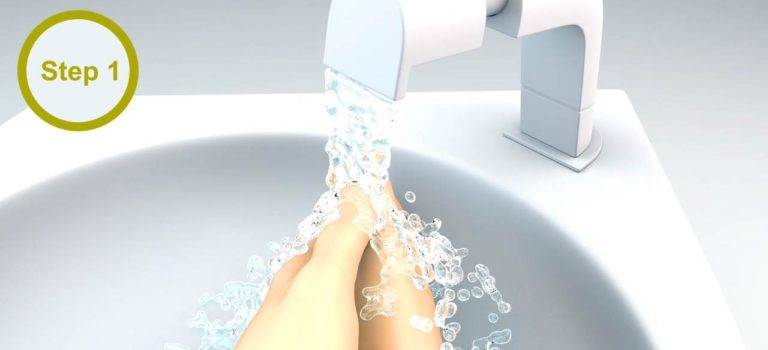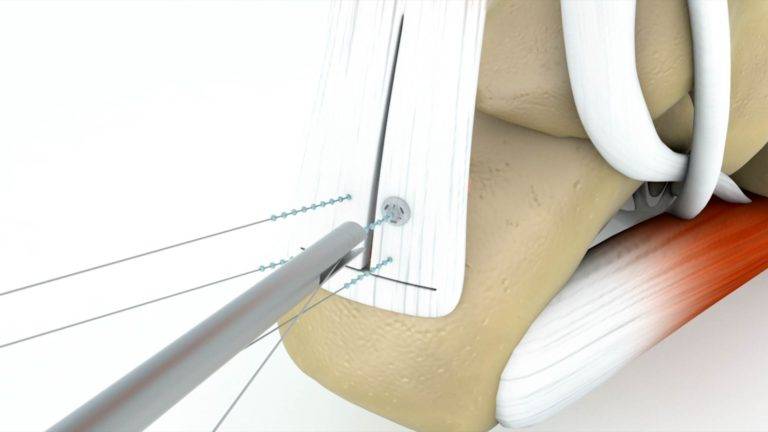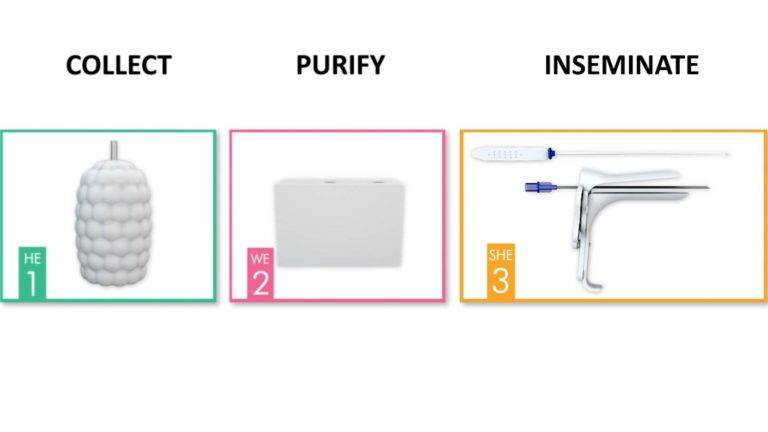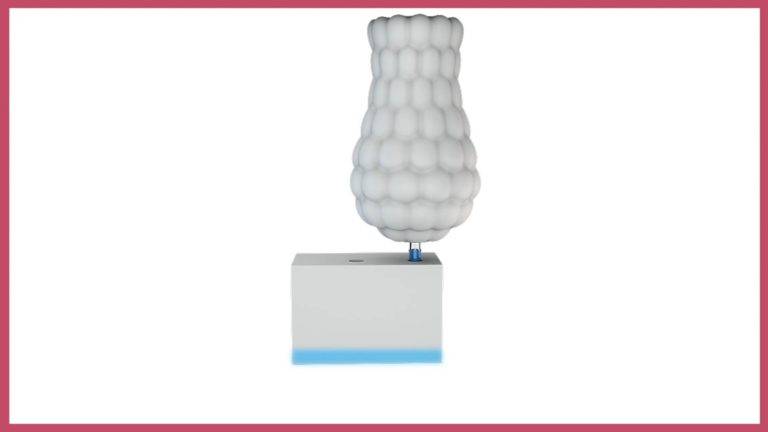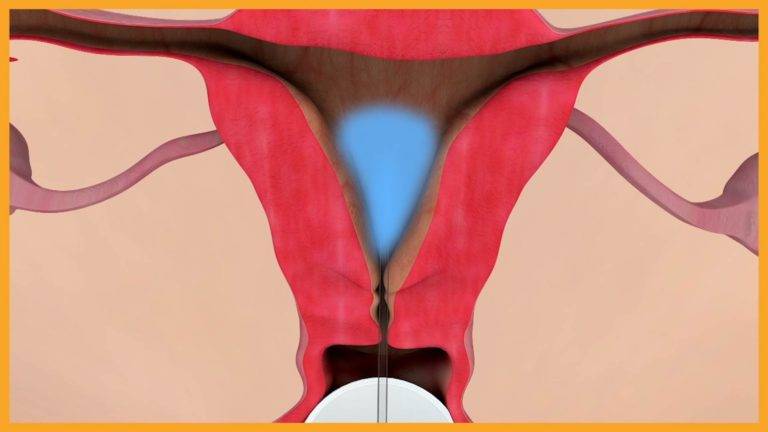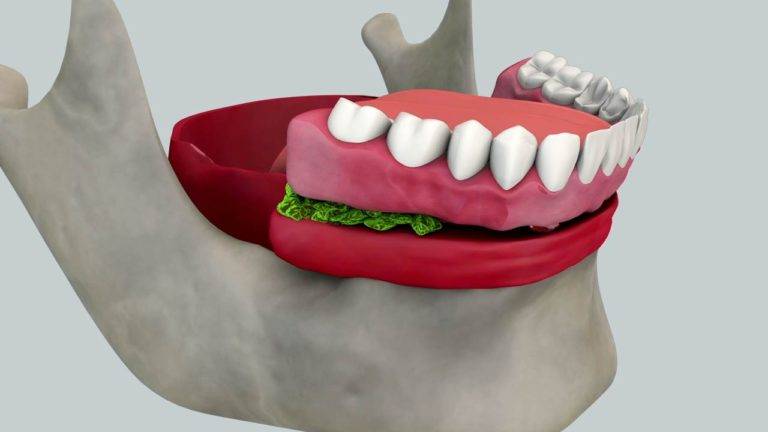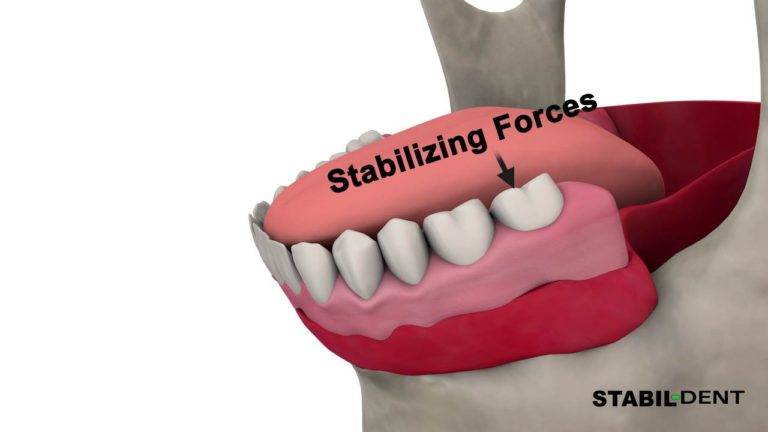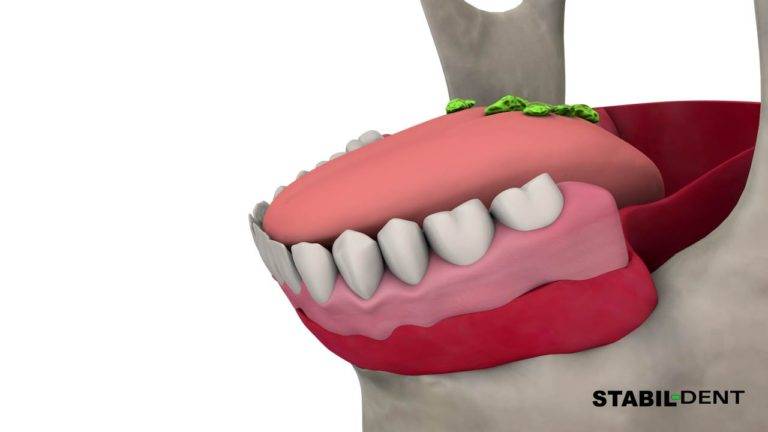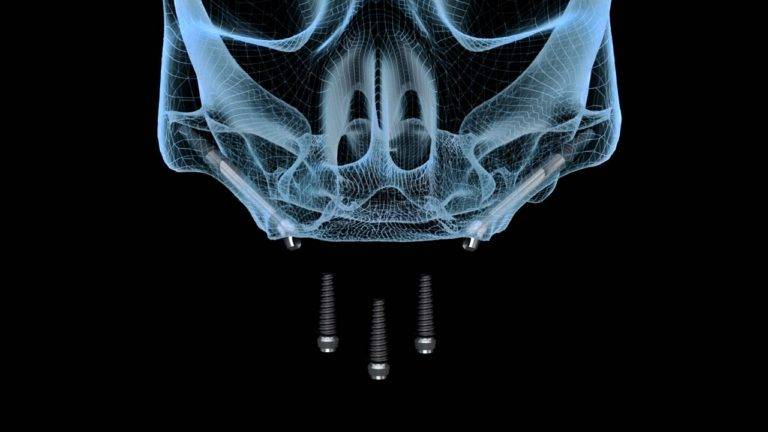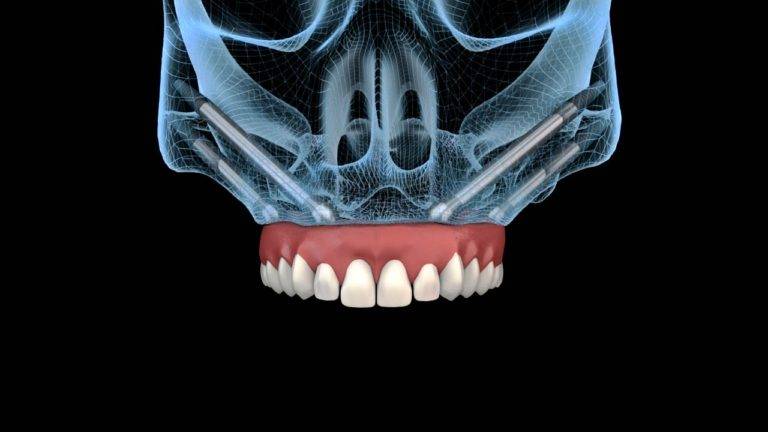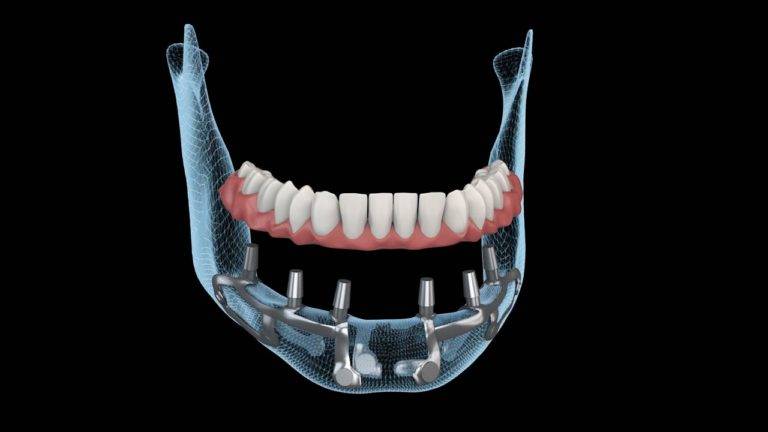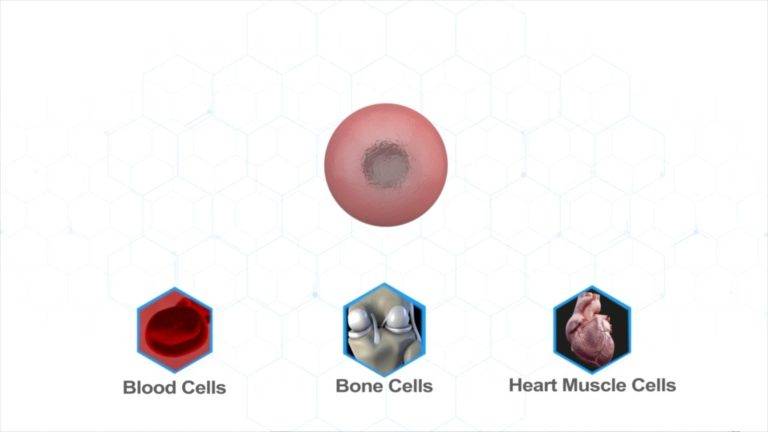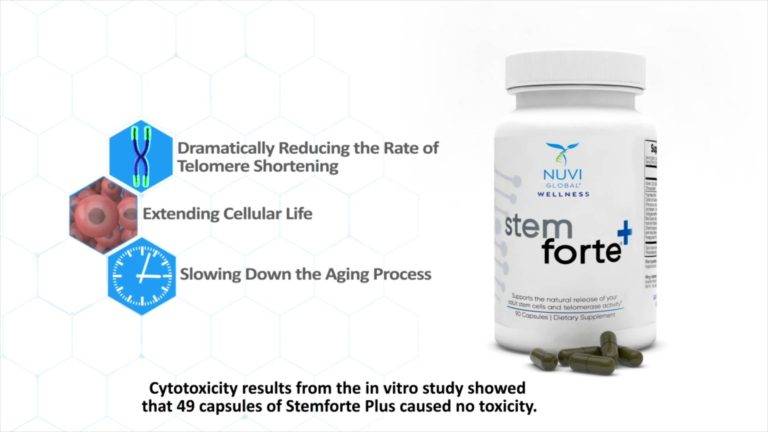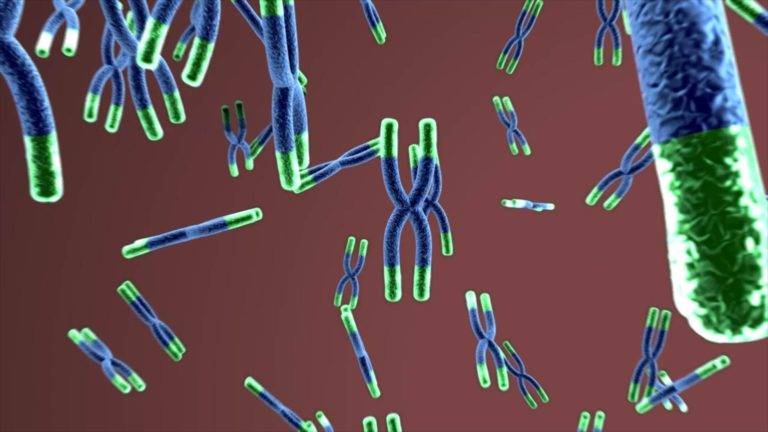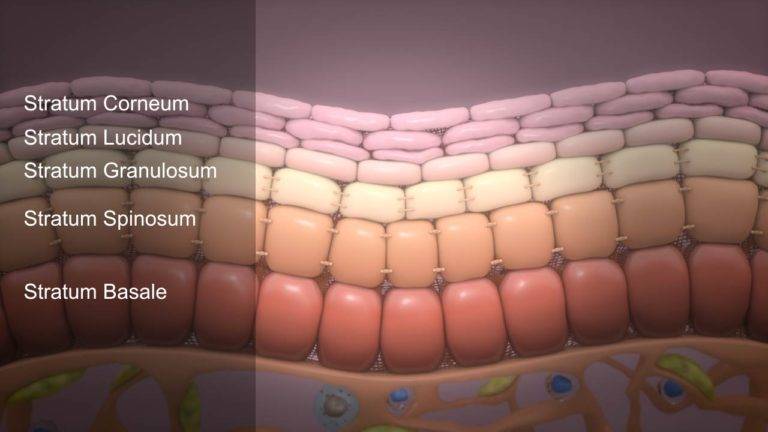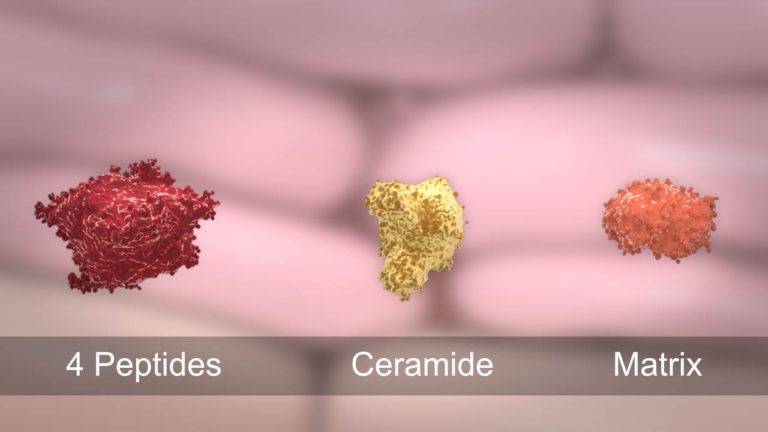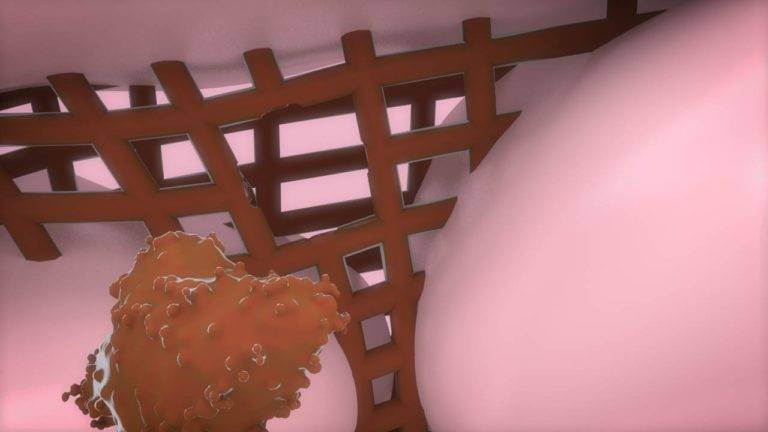Educational medical animation is a powerful tool for teaching complex medical concepts and procedures to students, healthcare professionals, and patients.
With the help of animation, concepts that are difficult to understand can be visualized and simplified, making it easier for learners to grasp and retain information.
In this article, we’ll explore the benefits of educational medical animation and how it can be used in the education industry.
Benefits of Educational Medical Animation
1. Simplifies complex concepts: Medical animation can simplify complex medical concepts and procedures by breaking them down into easy-to-understand visual representations.
This helps learners to better understand the subject matter and retain the information.
2. Provides a realistic representation: With the help of medical animation, students can get a realistic representation of medical procedures, which is especially important when real-life exposure to these procedures is not possible.
3. Improves retention: Medical animation can help learners retain information better by providing a visual representation of the subject matter.
Research has shown that visuals are processed faster and remembered longer than text alone.
4. Enhances engagement: Educational medical animation is engaging and captures the attention of learners, making it an effective tool for holding their interest and improving learning outcomes.
Uses of Educational Medical Animation
1. Medical education: Educational medical animation can be used to teach medical students about anatomy, physiology, pharmacology, and other complex medical concepts.
2. Patient education: Medical animation can be used to educate patients about medical procedures and conditions, making it easier for them to understand and make informed decisions about their treatment.
3. Healthcare professional training: Medical animation can be used to train healthcare professionals in new medical procedures, helping them to acquire the skills they need to provide quality care.
4. Marketing and promotional materials: Educational medical animation can be used in marketing and promotional materials to demonstrate the efficacy of medical devices, pharmaceuticals, and other medical products.
The Importance of Positive Educational Animations
Simplifying Complex Concepts:
Positive educational animations have the unique ability to simplify complex medical concepts, making them more accessible to a wide range of audiences.
By visually presenting information and breaking it down into digestible components, these animations help viewers grasp intricate details and foster a deeper understanding.
Engaging and Memorable
Animations are inherently captivating and have a lasting impact on viewers. Positive educational animations employ vibrant visuals, compelling narratives, and interactive elements to engage and captivate the audience’s attention.
By combining entertainment with education, these animations ensure that important medical information resonates with viewers long after they have watched the content.
Emotional Connection
Health marketers understand the importance of creating an emotional connection with their audience. Positive educational animations have the ability to evoke emotions, such as empathy, hope, and inspiration.
By tapping into these emotions, healthcare marketers can effectively communicate their messages and create a lasting impression on viewers.
Promoting Trust and Confidence
Positive educational animations can instill trust and confidence in healthcare brands. By providing accurate and reliable information, these animations position healthcare organizations as authoritative sources in their respective fields.
This helps to build credibility and foster long-term relationships with patients, healthcare professionals, and other stakeholders.
How JLab Animation Can Help
At JLab Animation, we specialize in creating high-quality educational medical animations that are tailored to the specific needs of our clients.
We work closely with healthcare professionals and educators to ensure that our animations accurately represent medical concepts and procedures.
Transforming Medical Education
JLab Animation is at the forefront of creating positive educational animations in the healthcare industry.
With their expertise and commitment to excellence, they are revolutionizing medical education and helping healthcare marketers effectively communicate their messages.
Here’s why JLab Animation stands out:
1. Tailored Solutions
JLab Animation understands that each healthcare organization has unique requirements. They collaborate closely with their clients to develop customized animations that align with their branding, target audience, and educational objectives.
Their animations are carefully crafted to ensure maximum impact and engagement.
2. Scientific Accuracy
JLab Animation places utmost importance on scientific accuracy. Their team comprises experienced medical illustrators, animators, and writers who possess a deep understanding of medical concepts.
They meticulously research and verify information to ensure that every animation is reliable and precise.
3. Exceptional Visual Quality
JLab Animation is committed to delivering animations of the highest visual quality. They employ cutting-edge animation software and techniques to create visually stunning and lifelike animations.
Their attention to detail and artistic finesse make their animations visually captivating and informative.
4. Educational Expertise
JLab Animation recognizes the importance of effective educational strategies. They combine their animation expertise with educational principles to ensure that their animations promote effective learning.
Their animations are structured to deliver information in a logical and engaging manner, maximizing retention and understanding.
Conclusion
Educational medical animation is a powerful tool that can be used to teach complex medical concepts and procedures to learners of all levels.
With the help of animation, concepts that are difficult to understand can be visualized and simplified, making it easier for learners to grasp and retain information.
At JLab Animation, we specialize in creating high-quality educational medical animations that are tailored to the specific needs of our clients.
Contact us today to learn more about how we can help you achieve your educational goals through the power of animation.

